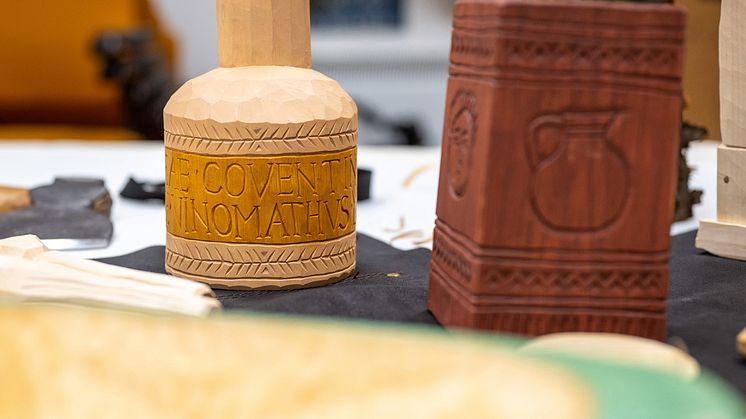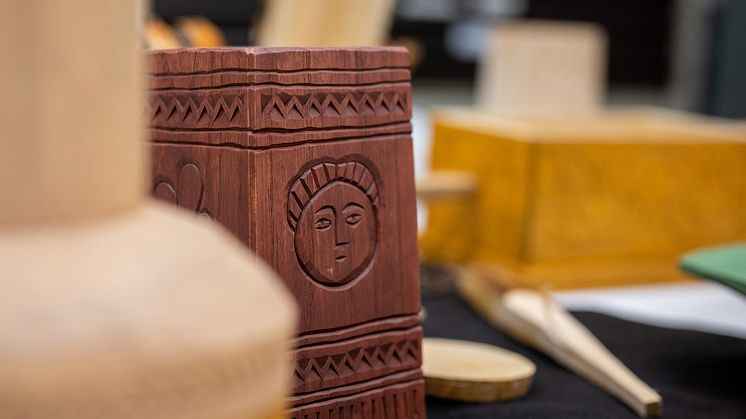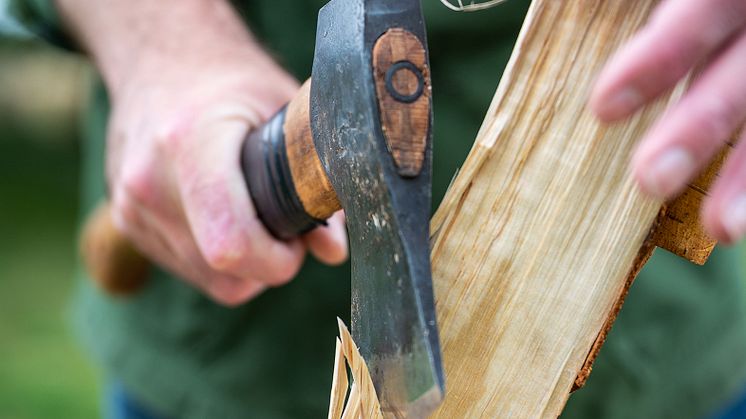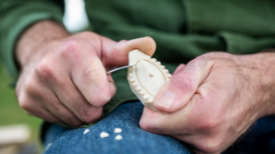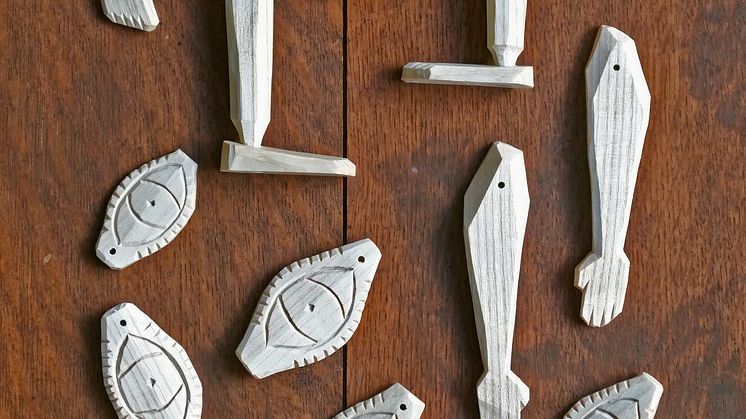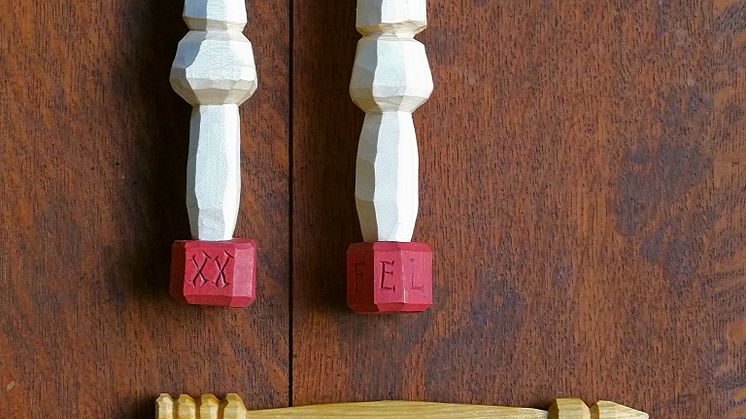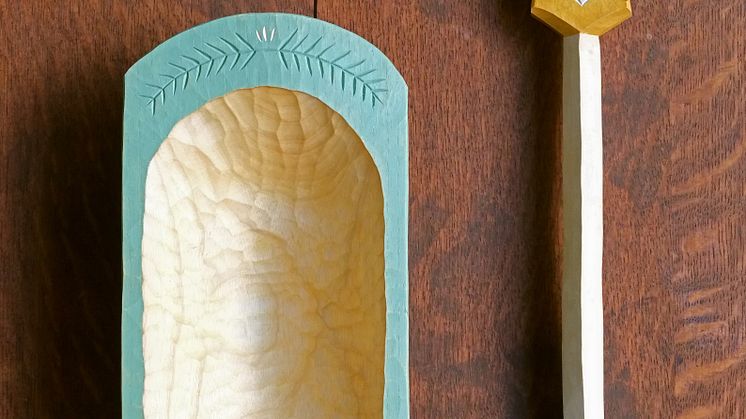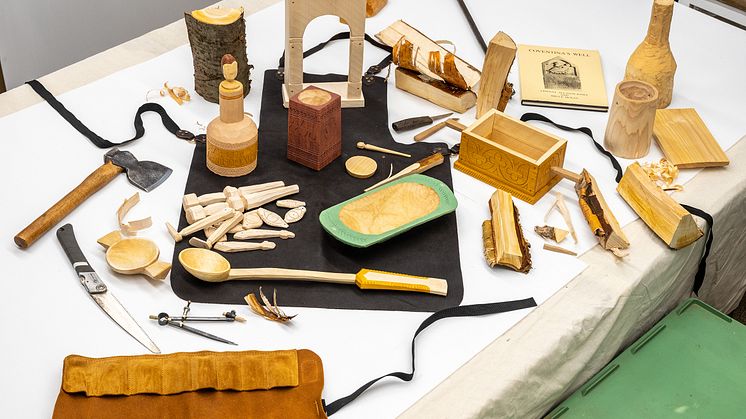
Press release -
Exhibition of lecturer’s woodwork will help visitors reimagine Roman life along Hadrian’s Wall
Imaginary wooden artefacts, purporting to be from an ancient shrine to a Roman goddess, have been created as a collection of artworks by a Northumbria University lecturer.
Philip Luscombe, who teaches on the 3D Design course within the Northumbria School of Design, was inspired by displays of altars, coins, pottery and jewellery unearthed from Coventina’s Well during a visit to Chesters Roman Fort in Northumberland.
The shrine to the Roman goddess Coventina was first discovered in the late nineteenth century but no wooden artefacts from the well, which is found on a site near to the Roman fort, have survived.
“What I saw on display in the museum was very different to what I understood Roman aesthetics to be, and very different to pieces like the grand marble sculptures I’d seen in the British Museum,” said Philip.
“To me, this was Roman folk art made in the North-East thousands of years ago, and, as a woodworker, it got me thinking about what the other items which didn’t survive would have been like.”
In a collaboration with English Heritage, Philip, whose research interests are in the practice and history of woodwork, used his skills to hand carve spoons, pots, boxes and trinkets inspired by evidence of Roman woodworking, as well as the local archaeological record.
He added: “In modern parlance, this would have been a bit like a wishing well, so I tried to think about the types of offerings which would have been left for the Roman goddess Conventina.
“I’ve tried to create pieces that are evocative of the Roman shrine. By exhibiting this collection alongside the existing Coventina’s Well display, the work will offer visitors a further insight into the site and of its significance.”
Dr Frances McIntosh, Collections Curator, Hadrian’s Wall and the North-East at English Heritage, said: “Coventina’s Well is an enigmatic and fascinating site.
“This artistic interpretation of the well’s objects, in wood, offers a unique viewpoint for visitors to consider the well’s actual collection.”
The exhibition, Wood of the Well, opens at Chesters Roman Fort on September 10 and runs until April 2022.
“Working with timber as a material and learning how to design in accordance with its fibrous nature, are just some of the skills I’ll pass on to students on the 3D Design course,” explained Philip.
“This project might also help them to challenge commonly held understandings of ‘good craftsmanship’ and think about introducing some ‘roughness’ or imperfection into their own designs’ aesthetics.
“I hope a project and collaboration like this will also encourage students to think about the role that designers can play in maintaining our cultural heritage.”
For more information about the Northumbria School of Design, visit northumbria.ac.uk/design
Topics
Categories
Northumbria is a research-rich, business-focused, professional university with a global reputation for academic excellence. Find out more about us at www.northumbria.ac.uk --- Please contact our Media and Communications team at media.communications@northumbria.ac.uk with any media enquiries or interview requests ---











